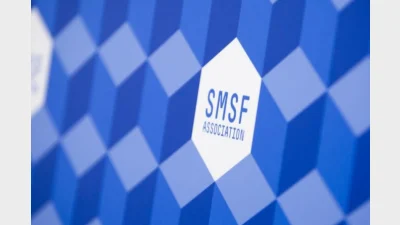SMSFs have dismal returns: ISA


Self-managed superannuation funds (SMSFs) with less than $2 million in assets are unviable as a retirement savings vehicle, Industry Super Australia (ISA) believes.
ISA analysis found that SMSFs with less than $2 million were likely to have performed well below its Australian Prudential Regulation Authority (APRA) regulated counterparts and that the average net return for an SMSF (with fewer than four members) in 2015 was 6.2 per cent.
ISA said this compared with 8.8 per cent for APRA regulated funds – 7.8 per cent for retail funds, and 9.7 per cent for an industry fund.
The analysis also found SMSFs with fewer assets performed significantly worse than those with more assets, and returns ranged from -16.9 per cent for funds with less than $50,000 in assets to 7.7 per cent for funds with over $2 million.
ISA said more than 80 per cent of SMSFs were of a scale that was likely to result in sub-standard performance.
ISA chief economist, Stephen Anthony, said: “The best performing SMSFs will have a diverse portfolio of assets, and scale to drive costs down; for most people this is aspirational”.
“We share the view that SMSF sector growth is being driven by sales efforts. It’s important that consumers look at the returns and fully understand what they’re signing up to,” he said.
Recommended for you
The impact of identity theft and its threat to superannuation savings were highlighted in a case that went before the Federal Court at the end of 2023.
A recent NSW Supreme Court decision is an important reminder that while super funds may be subject to restrictive superannuation and tax laws, in essence they are still a trust and subject to equitable and common law claims, says a legal expert.
New research from the University of Adelaide has found SMSFs outperformed APRA funds by more than 4 per cent in 2021–22.
The SMSF Association has made a number of policy recommendations for the superannuation sector in its pre-budget submission to the government.












